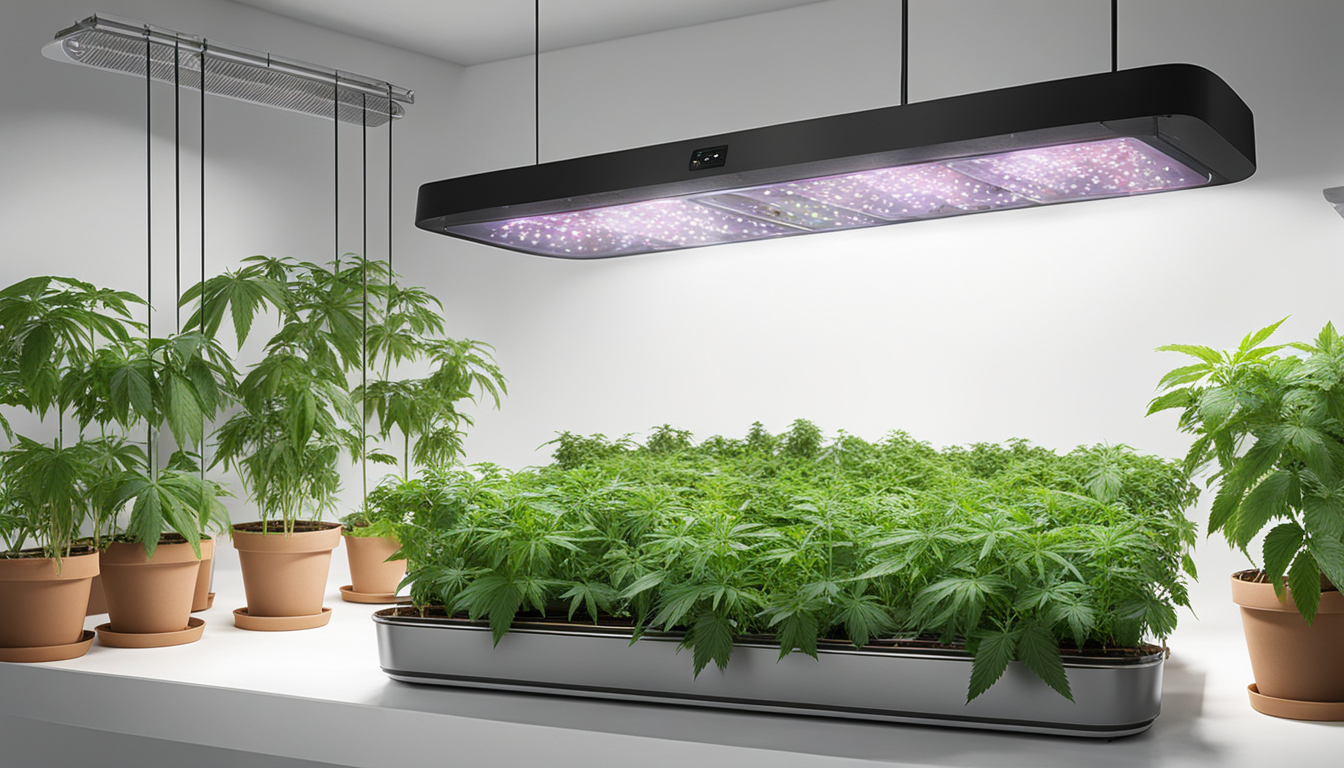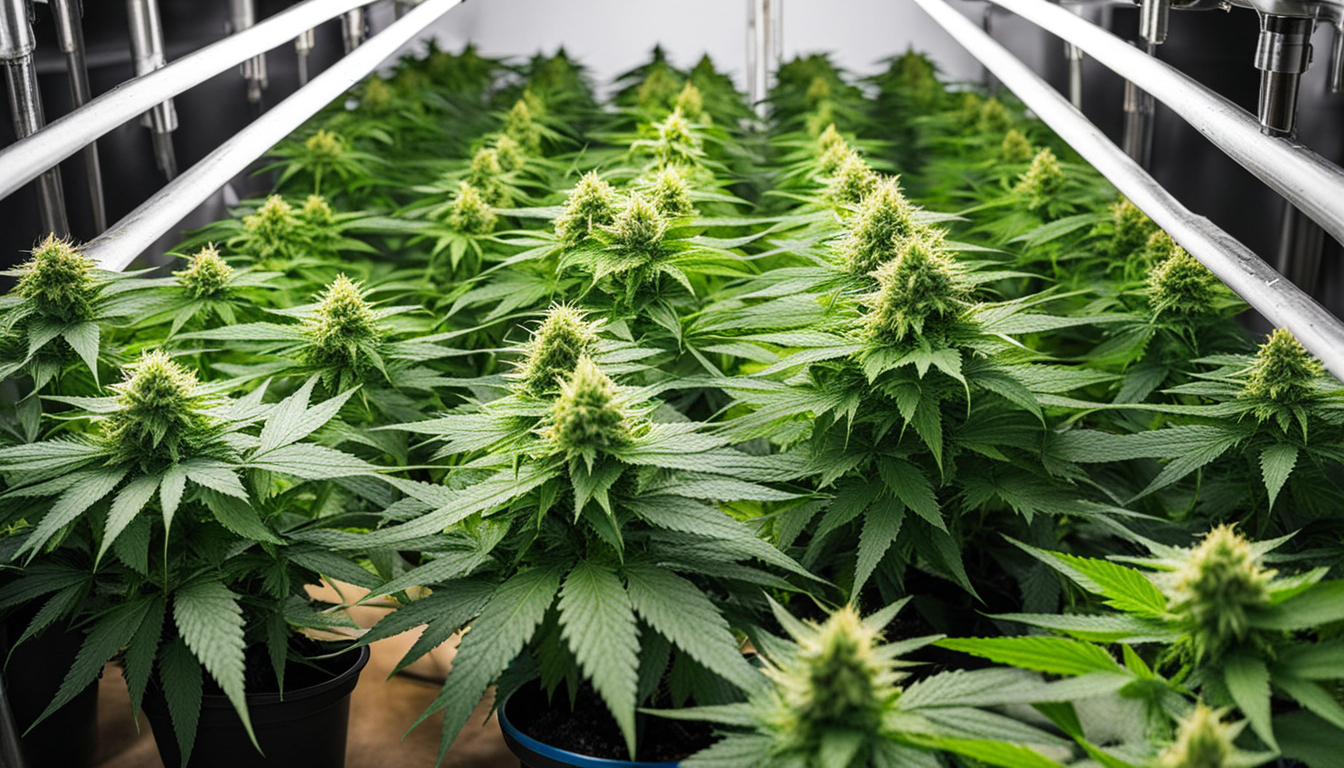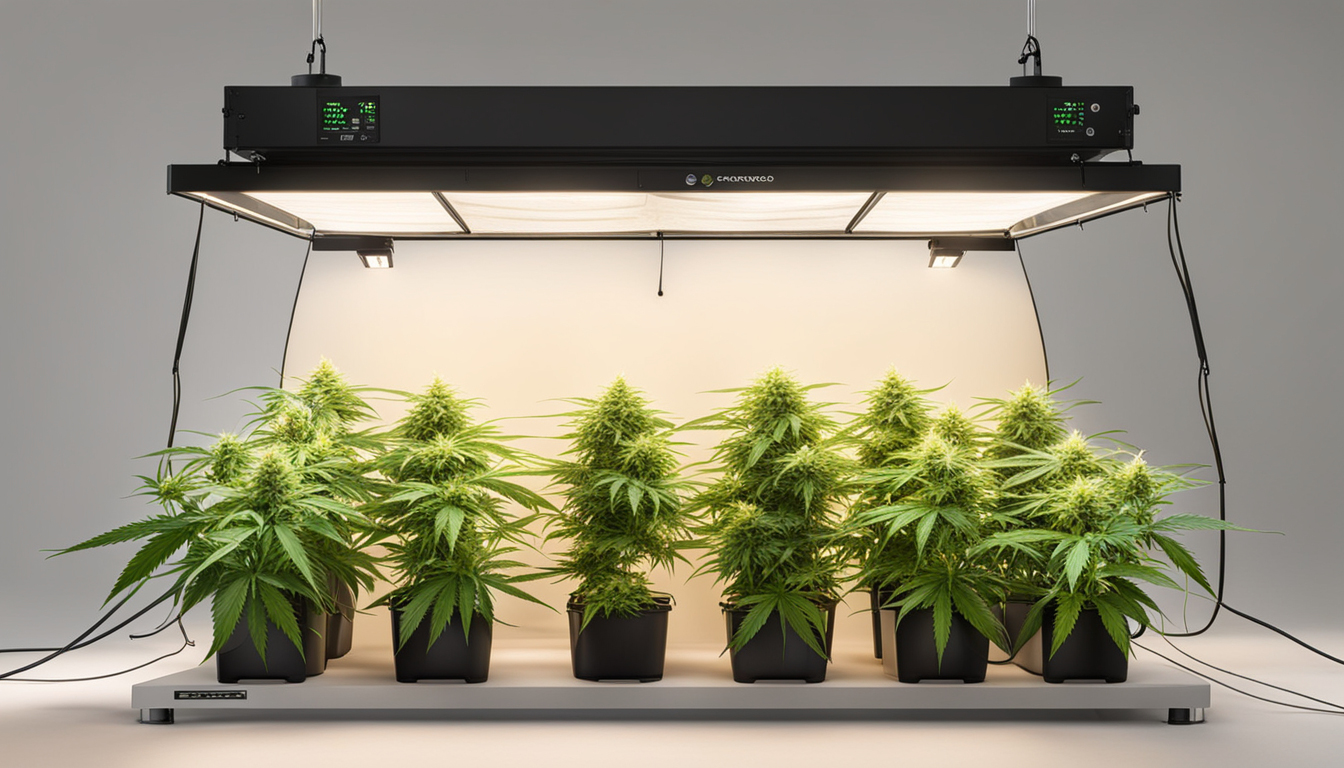
Whether you're just starting out with pot cultivation or looking to improve your existing crop, following this complete guide will help you produce bountiful, high-quality yields right at home. With the right supplies, techniques, and care, growing marijuana indoors can be an extremely productive and cost-effective endeavor.
Choosing Pot Strains
The first step in planning your indoor grow is selecting the right marijuana cultivars to produce. The three main types of cannabis plants each have their own characteristics.
Sativas
Known for their invigorating intellectual effects, these strains spread tall and slender with narrow leaves. They flourish in hotter tropical climates and have a longer blooming time between 2.5-3 months indoors. Top energizing varieties include Sour Diesel, Durban Poison, and Jack Herer.
Indicas
Indicas provide relaxing full-body effects and spread short and bushy with wide leaves. Accustomed to colder mountain climates, they bloom faster within 2-2.25 months. Popular relaxing varieties include Northern Lights, Bubba Kush, and Bubba Kush.
Hybrids
Hybrid strains blend traits from both sativas and indicas. They offer combined effects and have moderate flowering periods around 9-10 weeks. Well-known hybrids are OG Kush, Girl Scout Cookies, and Blue Dream.

Setting Up Your Grow Space
Cannabis plants need the right controlled environment to succeed. Key factors for indoor cultivations are lights, airflow, layout, and finding the ideal discreet spot.
Location
Choose an empty space with easy access to water and power outlets. An empty extra bedroom, unused closet, basement corner, or grow tent securely placed in a garage all make great discreet grow room spots.
Lighting
Pot requires powerful light for all growth stages. LED grow lights are efficient and come in broad spectrum options simulating natural outdoor light. Provide 250-400 watts per square foot for the growth stage and 400-600 watts per square foot for bloom.
Airflow
Proper airflow and exhaust systems keep ideal temp, humidity, and pure CO2 levels. Set up quiet 10-15 cm blowers or carbon filters to circulate stale air and eliminate smells.
Layout
Maximize your space by arranging plants carefully under the lamps and leaving room to reach and work around them. Set up separate zones for vegetation, bloom, drying, and cloning.

Growing Substrates
Weed can be cultivated in different substrates, each with benefits and cons. Pick a proper option for your particular setup and growing style.
Soil
The traditional medium, soil is inexpensive and easy for new growers. It provides great taste but needs more watering and nutrients to nourish plants. Amend soil with vermiculite or coco to enhance aeration.
Coco Coir
Made from coir, reusable coconut fiber holds water but still allows air to the roots. It's more sterile and more consistent than soil. Use coco-specific fertilizers to avoid accumulation.
Hydroponics
In hydro systems, plant roots develop directly in nutrient irrigation solution. This allows rapid development but needs close monitoring of solution chemistry. Deep water culture and irrigation systems are popular techniques.
Sprouting Seeds
Sprouting activates your marijuana seeds to start growing radicles. This prepares them for planting into their cultivation medium.
Towel Method
Place seeds between moist paper towel and keep them moist. Inspect after a week for emerging taproots showing sprouting is complete.
Planting directly
Insert seeds directly into pre-moistened cultivation medium 1⁄4 inch deep. Gently water and wait 1-2 weeks until seedlings push through the surface.
Cubic rockwool
Soak rockwool cubes in balanced water. Place seeds 6mm deep into the cubes. Keep cubes moist until seedlings appear within a week to 2 weeks.
Repotting Seedlings
Once sprouted, marijuana young plants need to be repotted to avoid overcrowding. Move them into proper sized pots.
Ready Containers
Fill final pots with cultivation medium amended with slow-release nutrients. Allow pots to soak up water for 8-12 hours before transplanting.
Carefully Transplanting
Gently loosen young roots from sprouting medium using a spade. Place into prepared container at same depth as before and lightly water in.
Growth Stage
The growth stage encourages foliage and plant structure through 18-24 hours of continual lighting intensity. This stage usually lasts 1-2 months.
Using 18-24 Hours of Light
Use grow lights on cannabis indoor a 24 hour cycle or natural sunlight to trigger nonstop growth. Lamp output influences height and node distance.
Nutrients
Use vegetative stage nutrients higher in nitrogen. Make sure pH stays around 6.5 for proper nutrient uptake. Fertilize 25-50% concentration after 14 days and strengthen slowly.
LST and topping
Fimming, LST, and trellising direct shoot shapes for flat foliage. This boosts yields.

Bloom Stage
The blooming stage develops buds as plants show their sex under a 12 hour cycle timing. It lasts 8-12 weeks depending on strain.
Changing Light Schedule
Switch lamps to 12/12 or place outdoors for natural 12 hour cycle. This triggers plants to start flowering.
Flushing
Leaching removes nutrient salts to enhance flavor. Fertilize weakly the first period then just use pH'd water the final 2 weeks.
Flushing
Continue 12 hour photoperiod but leach using pH-balanced water only. Resume clean watering if buds aren't ripe after two weeks.
Harvesting
Knowing when pot Subscribe Now is fully ripe ensures peak potency and aroma. Harvest plants at optimal ripeness.
Identifying Ripeness
Look for fading pistils, swelling calyxes, and 10-15% amber trichomes. Inspect buds across the plant as they don't all mature evenly.
Cutting Plants
Use clean, sharp trimming scissors to carefully cut each plant at the base. Keep several inches of stem attached.
Curing
Hang whole plants or colas upside down in Subscribe Now a dark room with moderate temperature and RH around 45-65% for 7-14 days.
Aging
Curing continues desiccating while aging the buds like aged spirits. This process mellows bitterness and further develops terpene and terpene profiles.
Jars and Humidity
Manicure dried buds from branches and place into sealed containers, filling about 3⁄4 full. Use a sensor to measure container moisture.
Burping Daily
Unseal jars for a short time daily to gradually lower humidity. Rehydrate buds if humidity goes under 55%.
Final Cure
After 14-21 days when humidity levels off around 55-65%, do a final manicure and store forever in sealed jars.
Troubleshooting
Even experienced cultivators run into various cannabis plant problems. Detect issues early and fix them correctly to maintain a vibrant garden.
Nutrient Deficiencies
Chlorosis often indicate inadequate nitrogen. Purpling stems and leaves signal phosphorus deficiency. Test pH and boost nutrients slowly.
Pests
Thrips, aphids, fungus gnats, thrips, and nematodes are common marijuana pests. Use neem oil sprays, ladybugs, and yellow traps for natural control.
Powdery mildew
High humidity promotes powdery mildew and root rot. Improve circulation and venting while lowering RH below 50% during bloom.

Summary
With this complete indoor pot cultivation guide, you now have the knowledge to grow bountiful strong buds for personal harvests. Follow these techniques and methods during the seed starting, vegetative, and bloom stages. Spend in good gear and carefully monitor your plants. In time, you'll be rewarded with sticky fragrant buds you raised yourself under the loving care of your green thumbs. Happy growing